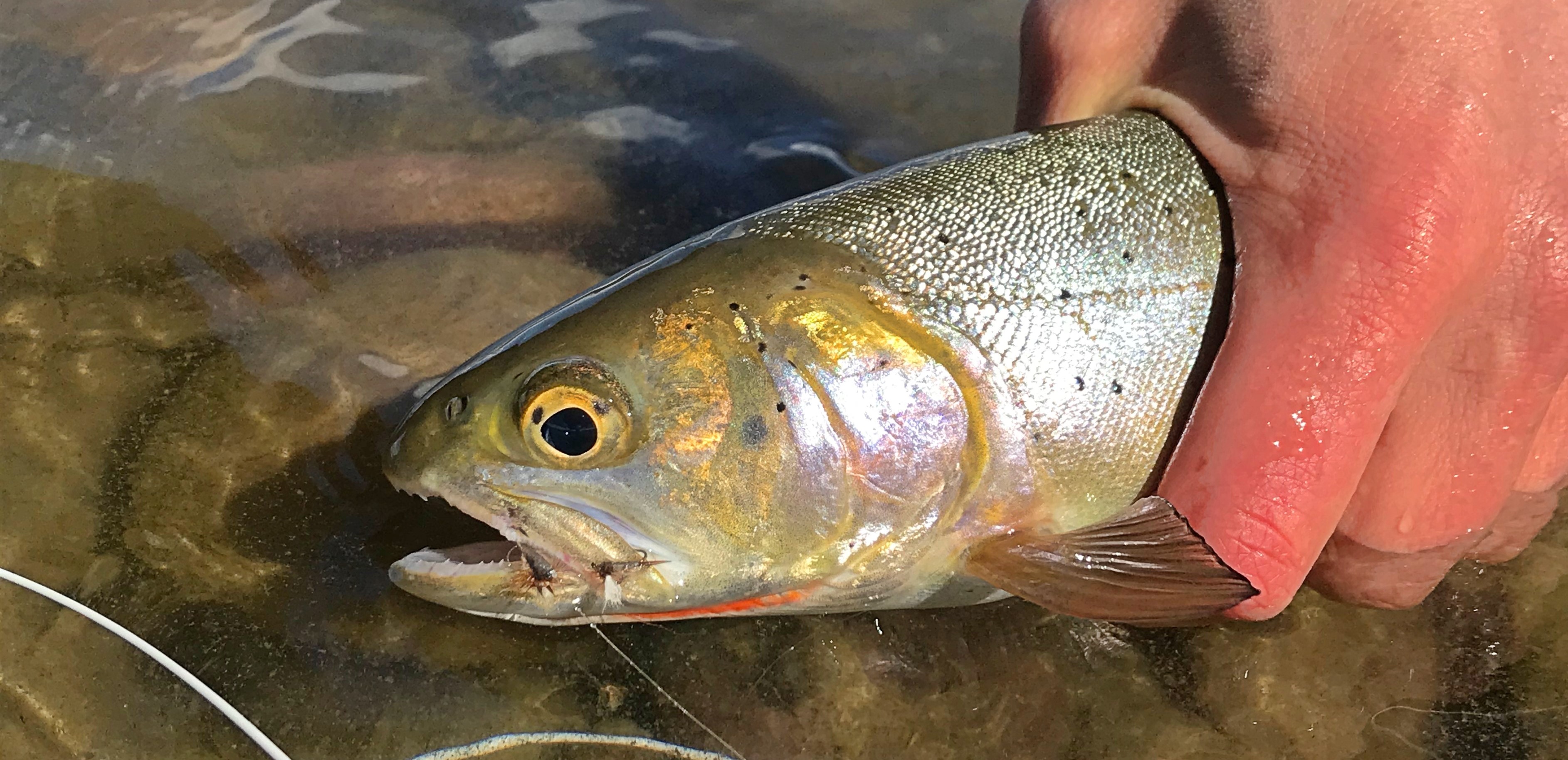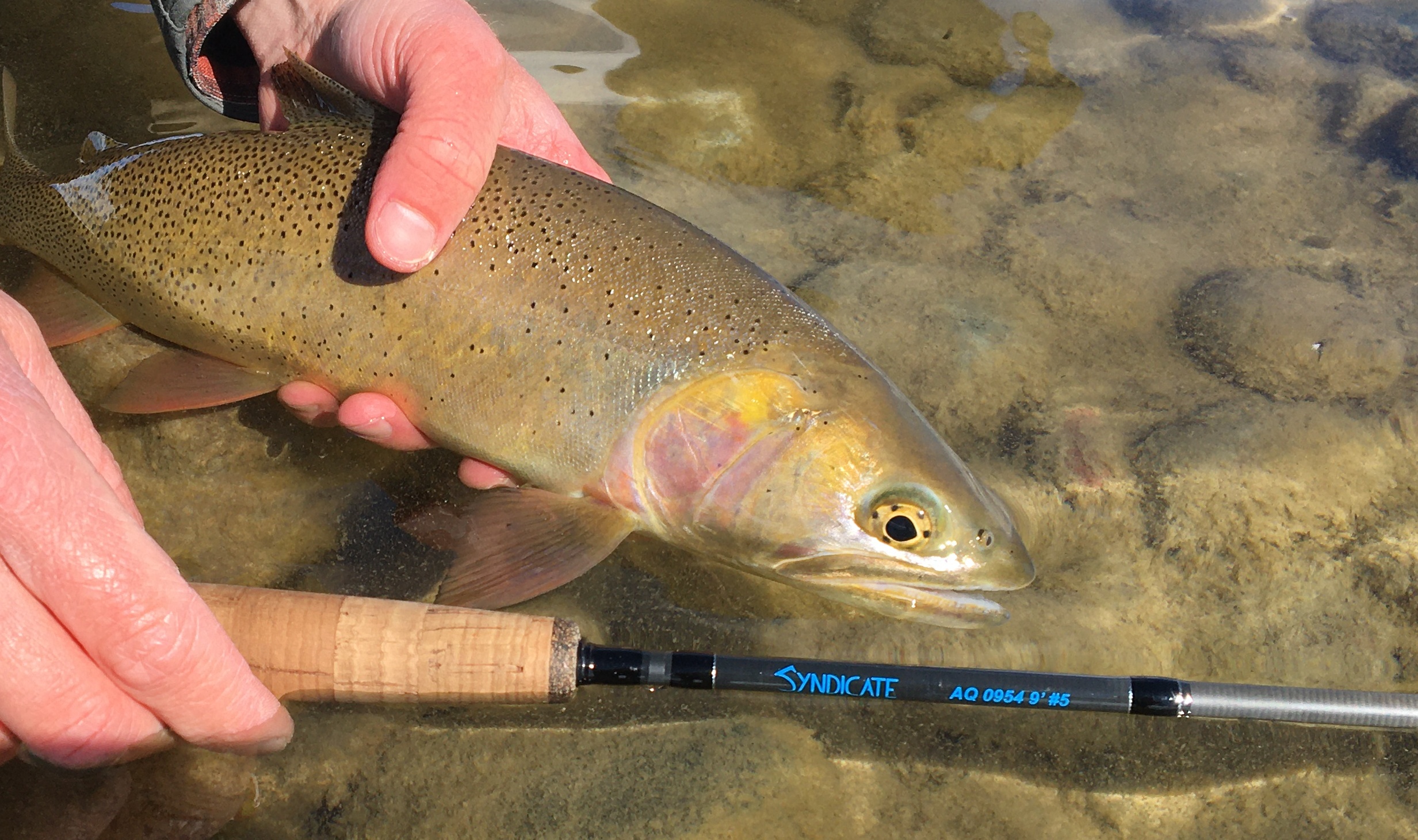6 Steps to Fishing Dry Flies Effectively

The sight of a slurp, or the sound of a gulp are all that are needed to send that sweet tingle down the spine of an avid dry fly fisher. Sometimes, it is the merely the sound of a bit of ice falling from the bank as the spring thaw brings about the first great hatches of the season to send that fly fisher into a frenzy of clipping nymphs and replacing them with dry flies.
The draw of fishing dry flies resides in the direct thrill of watching a fish break the surface to eat one’s quarry, especially when it breaks the monotony of staring at an indicator for all that time in between. It is also the intricacy of presenting a fly during a time when fish are most finicky in their meal selection in the correct manner to fool such persnickety fish. While it may seem at times that fish are willing to eat a “foam-burger” in a reckless manner, more often than not, catching fish on a dry fly is more difficult than most other methods of fly fishing. When approaching a section of river or lake with rising fish, don’t jump right in assuming you have the situation figured out.

Take a moment and consider these 6 tips for maximizing efficiency in “matching the hatch” to make each day on the water better than the last:
- Examine the insect being eaten and the stage of life it is in. Knowing what the bug is will help in matching the size, shape, and color of it while matching the correct stage of the bug will often be imperative. If only the back of the fish is breaking the surface of the water, it is a good indication that they are eating emerging insects just below the surface. If the trout’s mouth breaks the surface, that means the fish are eating the adult form of the insect. Choose the fly accordingly.
- Get an idea of how many fish are feeding on the surface and their general locations in the pool. By doing so, one can avoid spooking fish by casting over them to reach another fish.
- Examine the currents to get an idea of how the fly line and leader will affect the drift of the flies. Making the right cast only to have an unseen current drag the flies away from the fish may spook the fish.
- Decide the best place to cast from. While an upstream cast will allow the angler to go unseen by the fish, sometimes a downstream drift is the best option.
- Focus on one fish and count the seconds between rises. More often than not, a fish will have a similar time period between rises allowing the angler to be sure the fly is in the right place at the right time.
- Take the extra moment to dress the flies properly with a fly floatant. Be sure to work the gel or liquid floatant into the fly before allowing it to get wet to achieve maximum buoyancy. Applying a powder desiccant as soon as the flies begin to sink will ensure a better presentation.

Fly fishing is an intricate sport. There are many variables to be considered with every cast and every drift. Taking that extra moment before presenting flies to a fish will almost always improve the results of that presentation. Remember to take a seat once in a while to observe, you may even find that a ten minute break did more than just prepare you for the fish.
